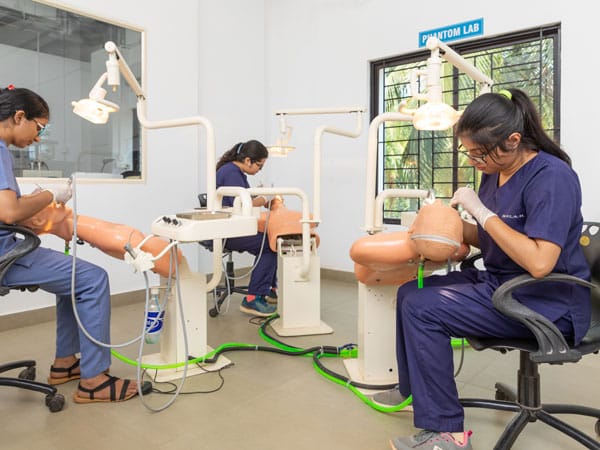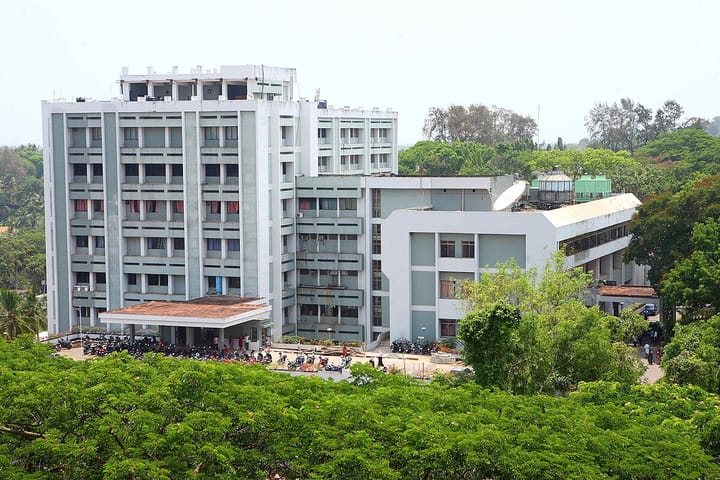The State of Healthcare in Kerala
Kerala's healthcare system represents a unique model that has achieved remarkable outcomes despite economic constraints. The state's success stems from historical investments in education, strong social determinants of health, political commitment to healthcare, and community participation.

A Comprehensive Overview
Kerala, often referred to as "God's Own Country," has established itself as a model state within India when it comes to healthcare. The southwestern coastal state is renowned for its high health indicators, which often rival those of developed nations despite the state's relatively modest economic status. This article examines the current state of healthcare in Kerala, including the health of its population, healthcare infrastructure, availability of medical professionals, elderly care facilities, palliative care services, health awareness, and healthcare-seeking behaviors.
Health Status of Kerala's Population
Kerala boasts impressive health statistics that set it apart from most other Indian states:
- Life Expectancy: At approximately 75 years, Kerala's life expectancy is the highest in India, surpassing the national average of 70 years.
- Infant Mortality Rate (IMR): Kerala has consistently maintained a low IMR of around 7 deaths per 1,000 live births, compared to the national average of 28.
- Maternal Mortality Ratio (MMR): At approximately 43 deaths per 100,000 live births, Kerala's MMR is significantly lower than India's average of 113.
- Literacy Rate: With over 96% literacy, Kerala's educated population contributes to better health awareness and outcomes.
However, Kerala faces new health challenges in recent years:
- High Non-Communicable Disease (NCD) Burden: The state has seen rising rates of diabetes, hypertension, cardiovascular diseases, and cancer.
- Aging Population: Kerala has the highest proportion of elderly citizens in India, with about 15% of its population over 60 years old, creating unique healthcare demands.
- Re-emergence of Infectious Diseases: Recent years have seen outbreaks of diseases like dengue, leptospirosis, and Nipah virus.
Healthcare Infrastructure
Public Health System
Kerala's three-tier public health system includes:
- Primary Level: Over 5,000 sub-centers, 850+ Primary Health Centers (PHCs), and nearly 230 Community Health Centers (CHCs).
- Secondary Level: Approximately 160 Taluk/District hospitals.
- Tertiary Level: 18 medical colleges and specialty hospitals.
The public health system in Kerala is widely accessible, with most residents living within 3 kilometers of a healthcare facility.
Private Healthcare Sector
The private sector plays a significant role in Kerala's healthcare landscape:
- Over 2,000 private hospitals and nursing homes
- Numerous specialty and super-specialty hospitals in urban centers
- Several corporate hospital chains with state-of-the-art facilities
The private sector accounts for approximately 70% of inpatient care and 60% of outpatient care in the state.
Ayurveda and Traditional Medicine
Kerala is also famous for its traditional Ayurvedic healthcare:
- Over 120 government Ayurveda dispensaries
- Numerous private Ayurvedic hospitals and wellness centers
- Strong integration of traditional medicine with modern healthcare practices
Medical Professionals Availability
Kerala enjoys a relatively favorable healthcare professional-to-population ratio compared to national averages:
- Doctors: Approximately 1 doctor per 1,000 population (compared to the national average of 1 per 1,500)
- Nurses: About 2 nurses per 1,000 population (higher than the national average)
- Other Healthcare Workers: Comparatively better availability of pharmacists, lab technicians, and paramedical staff
Despite these better ratios, challenges persist:
- Geographic Distribution: Urban areas have a higher concentration of specialists, creating access issues in some rural regions.
- Brain Drain: Many healthcare professionals from Kerala migrate to Gulf countries, Europe, and North America for better opportunities.
- Public-Private Imbalance: Many qualified professionals prefer private practice, creating staffing challenges in public facilities.
Senior Care Centers and Geriatric Healthcare
With its aging population, Kerala has developed various elderly care options:
- Government Old Age Homes: About 16 state-run homes providing basic care for the elderly.
- Private Senior Living Facilities: Growing number of retirement communities and assisted living facilities, particularly in urban areas.
- Day Care Centers: Over 60 day care centers for elderly citizens who need supervision during the day.
Geriatric healthcare initiatives include:
- Specialized geriatric wards in major hospitals
- Monthly geriatric clinics at PHCs
- Home care programs targeting the elderly with mobility issues
- Kerala State Policy for Older Persons emphasizing community-based care
Palliative Care Services
Kerala's community-based palliative care model is internationally recognized:
- Neighborhood Network in Palliative Care (NNPC): A pioneering community-led initiative with over 200 units across the state.
- Pain and Palliative Care Clinics: Present in most district and major hospitals.
- Home Care Teams: Providing regular home visits to terminally ill patients.
- Training Programs: Regular training for healthcare workers and volunteers in palliative care principles.
Kerala's palliative care coverage reaches approximately 70% of those needing such services, compared to less than 2% nationwide.
Health Awareness and Education
Several factors contribute to high health awareness in Kerala:
- Health Education Programs: Regular campaigns on various health issues by the state government.
- Role of Mass Media: Active participation of local media in health promotion.
- School Health Programs: Comprehensive health education in schools.
- Women's Groups: Organizations like Kudumbashree (a women's empowerment and poverty eradication program) play crucial roles in health awareness.
- Religious Institutions: Churches, mosques, and temples often participate in health education.
Healthcare-Seeking Behavior
Keralites demonstrate proactive healthcare-seeking behaviors:
- Regular Health Check-ups: Relatively higher frequency of preventive health check-ups compared to other states.
- Doctor Visits: On average, urban Keralites visit a doctor 2-3 times annually for check-ups, while rural residents average 1-2 visits.
- Emergency Care: Increased awareness about early symptoms of critical conditions leads to timely emergency care.
- Maternal Care: Nearly 100% institutional deliveries and prenatal care.
However, healthcare utilization patterns show disparities:
- Economic Factors: Lower-income groups still face barriers to accessing certain healthcare services.
- Gender Disparities: While less pronounced than in other states, men sometimes receive priority for expensive treatments.
- Rural-Urban Divide: Rural residents may delay seeking specialized care due to geographic and financial constraints.
Challenges and Future Outlook
Despite its achievements, Kerala's healthcare system faces several challenges:
- Rising Healthcare Costs: Increasing out-of-pocket expenditure, especially for NCDs.
- Infrastructure Gaps: Need for modernization of many public facilities.
- Human Resource Shortages: Particularly specialists in certain fields and in rural areas.
- Changing Disease Patterns: Shift from communicable to non-communicable diseases requiring different approaches.
- Aging Population: Growing demand for geriatric and long-term care.
Future initiatives focus on:
- Universal Health Coverage: Implementation of comprehensive health insurance schemes.
- Technology Integration: Expanding telemedicine and electronic health records.
- Public-Private Partnerships: Collaborative approaches to address infrastructure and service gaps.
- Preventive Healthcare: Greater emphasis on lifestyle modifications and preventive approaches.
- Medical Tourism: Leveraging Kerala's healthcare strengths to attract international patients.
Conclusion
Kerala's healthcare system represents a unique model that has achieved remarkable outcomes despite economic constraints. The state's success stems from historical investments in education, strong social determinants of health, political commitment to healthcare, and community participation. While challenges remain, particularly with changing disease patterns and an aging population, Kerala continues to demonstrate that effective healthcare delivery is possible even with limited resources. The state's experience offers valuable lessons for other developing regions striving to improve their health systems and outcomes.



